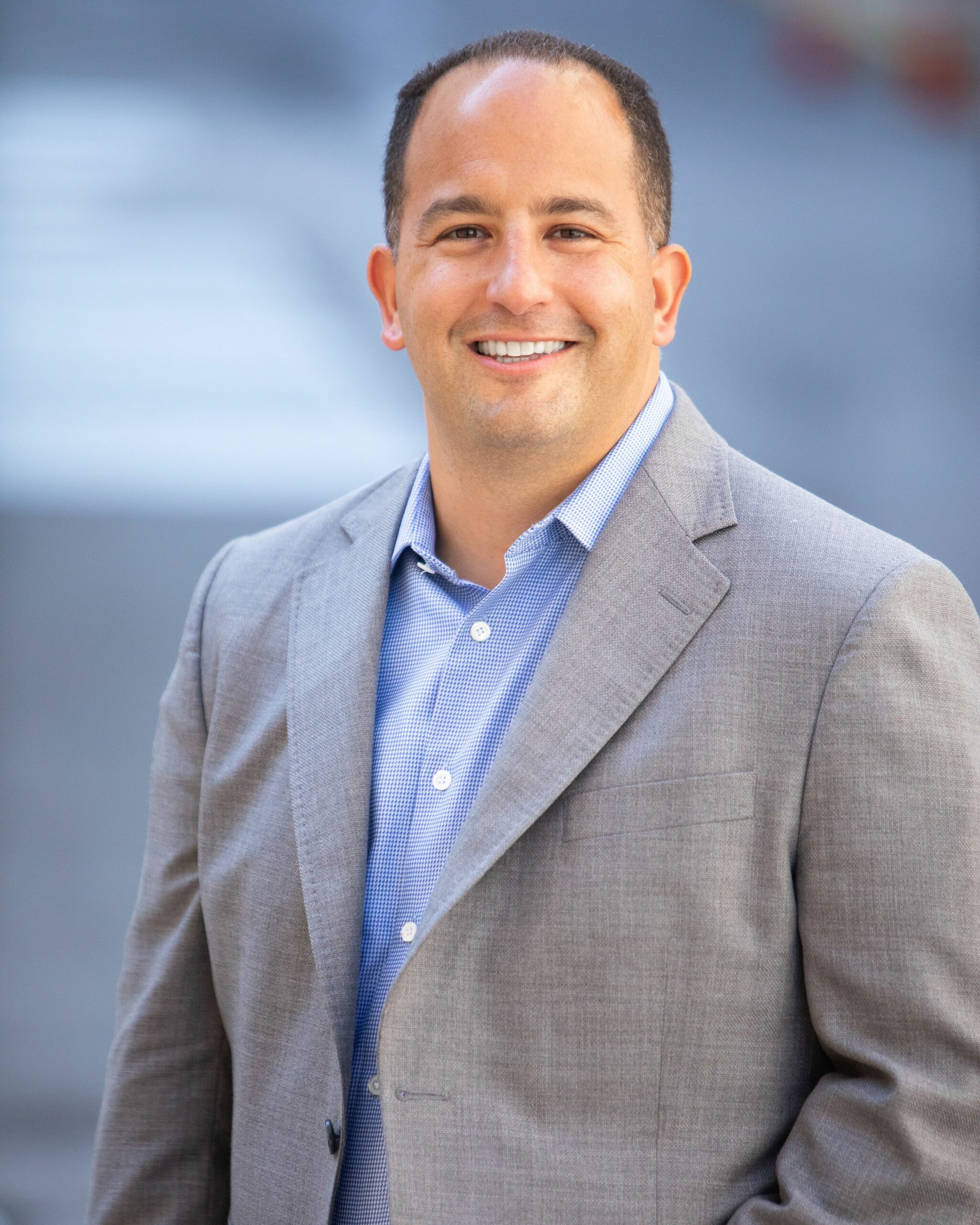
Having helped organizations and institutions harness the power of data analytics for two decades, I’m encouraged to see higher education giving data the attention it’s long received in other industries. In fact, the Association for Institutional Research, Educause, and National Association of College and University Business Officers recently issued a joint statement called “Analytics Can Save Higher Education. Really.”
But there hasn’t been enough discussion about the importance of having realistic expectations about the hard work required to implement an institutional analytics program. For these efforts to be successful, we need to have honest conversations about the realities of this work.
If your institution is undertaking a data analytics initiative (or preparing to), it can be helpful to first get into the mindset of a major home renovation. Opening walls, you’re bound to find surprises, so to avoid frustration, expect the unexpected. You also won’t entrust your renovation to just anyone. You wouldn’t ask your electrician to lay tile or painters to do plumbing. Who leads and supports this work matters. The stress of the process can strain even the strongest relationships, but the experience can bring you closer together, and the end result ultimately makes the hard work worth it. All of this is true of implementing an institutionwide analytics program. Put simply: There’s no easy button to push. It will take time, commitment and resolve.
Why is it so hard? Here are the three top reasons to consider before you start.
1. The technical build
Analytics is a specialized field that requires its own system. Step one is defining, designing, procuring and building a dedicated technology stack. Step two is integration—combining decentralized data from disparate systems across campus and organizing the data into analytical data models. Because this data has never had to talk to one another or live together, this is painstaking work. Step three is creating a way to seamlessly access and interact with the data through dashboards, visualizations and the like.
For data analytics efforts to be successful, we need to have honest conversations about the realities of the work.
2. The culture shift
When data has been owned by individual departments for so long, it can be a seismic shift to move from a culture of “my data” to a culture of “our data.” Further, in an “our data” culture, analytics is a team sport that borrows best practices from other industries. You’ll need to identify working groups, set goals, establish processes to use the data to advance those goals, and measure progress. This is known as business performance management in the private sector. This doesn’t always sit well with some colleagues. It can feel like a loss of control, and it may even strike some as highlighting their missteps. You’ll need to help everyone understand that the long-term benefits of an institutional data program far outweigh any temporary discomfort. Everyone has a role in realizing those benefits for the institution and, more important, for the students.
Read: How analytics is changing the game for sports—and academia
3. The measurement lag
We live in an era of instant gratification and “What have you done for me lately?” This can make it especially difficult when it comes to a project involving much time, effort and money. But even if you measure and use your data correctly, key higher ed metrics have a long measurement period. For example, if you want to understand whether changes to your financial aid leveraging strategy worked, you’re looking at a year. Want to see how a student success initiative is impacting graduation rates? That’s four to six years on average. Everyone must understand and accept the measurement lag and stay the course. Impatience can plant seeds of doubt and inhibit progress.
So, yes, it is hard work, and it takes a long time. But that isn’t a reason to not do it. Imagine a prospective student saying to an admissions counselor: “I’ve heard college classes are really hard, and it takes four to six years to earn a degree.” You would never hear a counselor reply: “Yes, that’s true, so you probably shouldn’t do it.” Instead, they’d say: “Yes, that’s true, but in the end, it is worth it and it is an investment in your future.” The same can be said for your institutional analytics program.
The last thing to remember is that your analytics efforts aren’t a project with a target end date, but an ongoing capability and capacity requiring continuous attention and development. This is a new enterprise data platform, and you should treat it as such. That means business processes; change management; staffing; and institutional care, feeding and investment.
It’s hard, but the sooner you start, the sooner you’ll see the impact data analytics can have on the success of your students and your institution.
Darren Catalano is the former vice president of analytics at the University of Maryland Global Campus. He currently serves as CEO of HelioCampus, a data analytics company born out of the University of Maryland system that helps colleges and universities use data analysis, data storytelling and data science to inform decision-making across all areas of campus.






